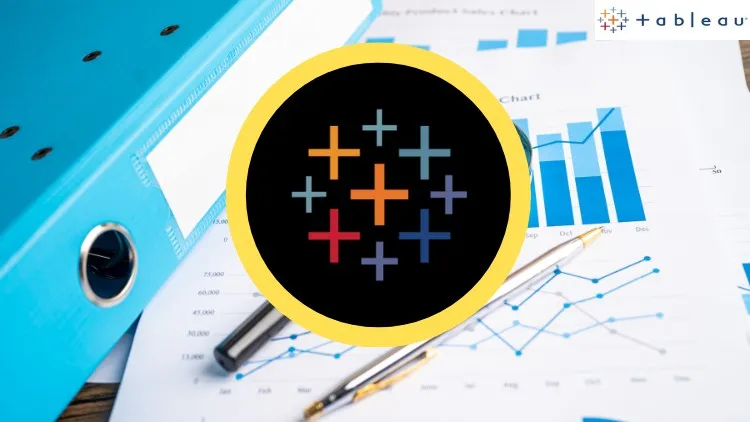To teach you how to apply your Python programming abilities to challenging data analysis challenges, SGL offers the Data Analysis Using Python course.
Developing your data analysis skill set is a choice that will keep you at the top of your job as the corporate world gets more competitive.
Course Objectives
- Using scikit-learn,
- create machine learning models;
- import data sets; clean and prepare data for analysis;
- manipulate pandas DataFrame; summarize data;
- Construct data pipelines
Course Outline
Importing Datasets
- Learning Objectives
- Understanding the Domain
- Understanding the Dataset
- Python package for data science
- Importing and Exporting Data in Python
- Basic Insights from Datasets
Cleaning and Preparing the Data
- Identify and Handle Missing Values
- Data Formatting
- Data Normalization Sets
- Binning
- Indicator variables
Summarizing the Data Frame
- Descriptive Statistics
- Basic of Grouping
- ANOVA
- Correlation
- More on Correlation
Model Development
- Simple and Multiple Linear Regression
- Model Evaluation Using Visualization
- Polynomial Regression and Pipelines
- R-squared and MSE for In-Sample Evaluation
- Prediction and Decision Making
Model Evaluation
- Model Evaluation
- Over-fitting, Under-fitting, and Model Selection
- Ridge Regression
- Grid Search
- Model Refinement
Overview
Take the first step toward becoming a data analyst by learning Python, one of the most widely used programming languages worldwide. You will start from scratch and learn how to import, clean, modify, and visualize data—all essential skills for any aspiring data professional or researcher. No prior coding knowledge is necessary.
Interactive exercises will be the first part of your training as a data analyst. You will work hands-on with some of the most widely used Python libraries, such as pandas, NumPy, Seaborn, and many more.
You’ll discover why Python is so well-liked for data analysis and develop your data manipulation and exploratory data analysis abilities by working with real-world datasets. You will study subjects like connecting data and data manipulation as you move through the courses. Important statistical techniques like hypothesis testing will also be covered. Start now, develop your Python abilities, and set out on the path to being a self-assured data analyst.
You will get knowledge about how to analyze data using Pandas and visualize it using Seaborn.
Turn data into insights by mastering contemporary data analysis techniques using Python and well-known open-source tools like pandas, scikit-learn, and numpy.
Furthermore, you will discover how to get, clean, prepare, and evaluate data—including data from time series. Additionally, you will learn how to forecast uncertain and future values using linear regression models.
Data analysis has long been a vital profession, a highly sought-after expertise, and a lucrative career. It was primarily done with restricted, expensive, and constrained technologies like Excel or Tableau until recently. Open-source libraries such as scikit-learn, pandas, and python have completely transformed the field of data analysis and are now essential resources for anybody aspiring to work in the field.
Discover how to use Python for data analysis. You will go from learning the fundamentals of Python to studying a wide range of data kinds with this course. You’ll discover how to handle data preparation for analysis, carry out basic statistical analysis, produce insightful data visualizations, forecast future trends using data, and much more!
Python data analysis is taught through lectures, practical laboratories, and homework. It consists of the following sections:
- Data analysis libraries: to deal with a variety of datasets, you will learn how to utilize SciPy libraries, Numpy multi-dimensional arrays, and Pandas DataFrames. We will utilize the open-source pandas package to import, modify, analyze, and display interesting datasets. Next, we’ll introduce you to scikit-learn, another open-source toolkit, and show you how to utilize some of its machine learning algorithms to create intelligent models and interesting predictions.
- Audience
No Prior programming experience in Python required.
- Prerequisites
basic knowledge of Python programming. Working with strings, lists, tuples, dictionaries, loops, conditionals, and developing your own functions should come naturally to you.





